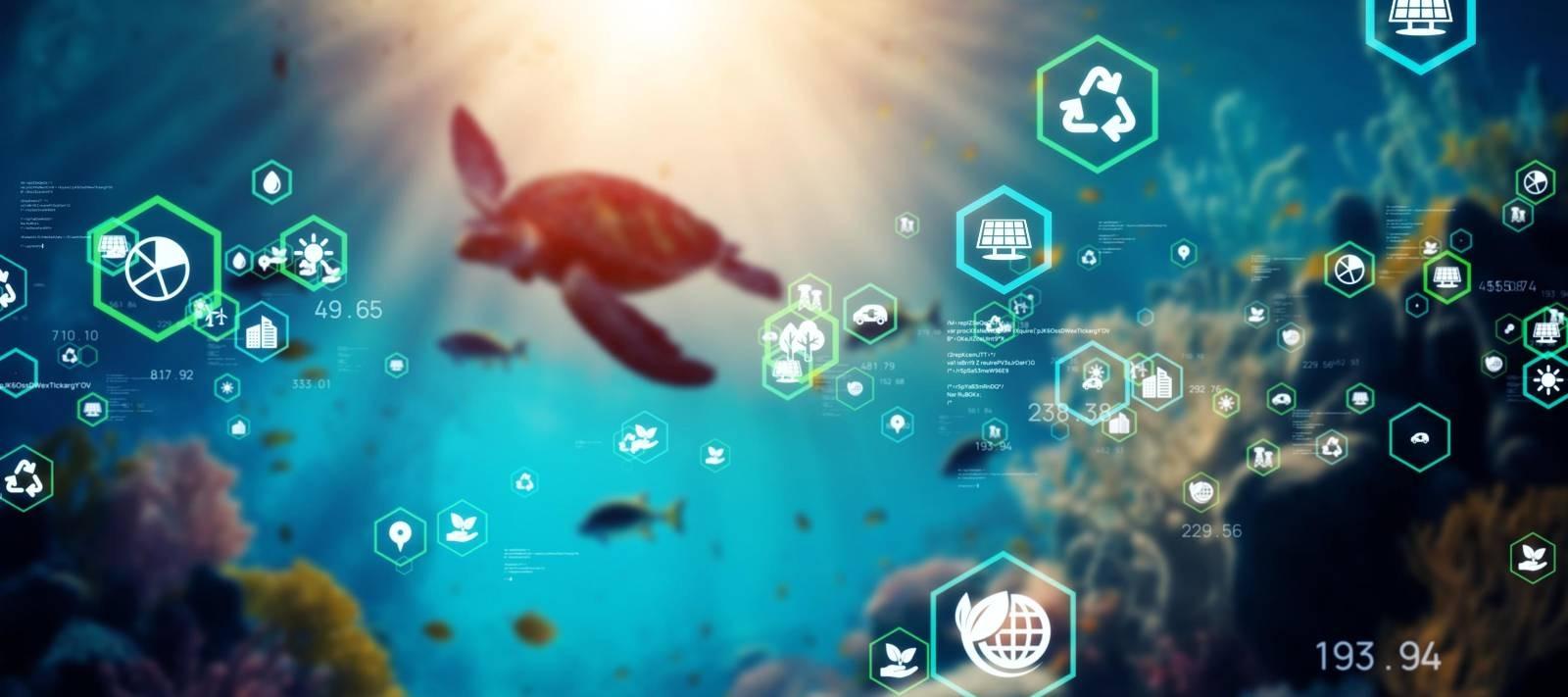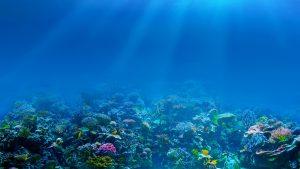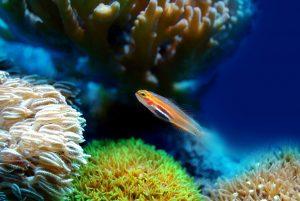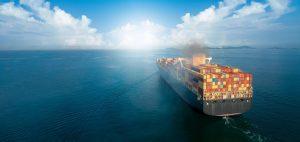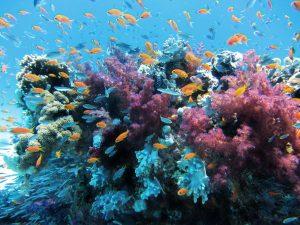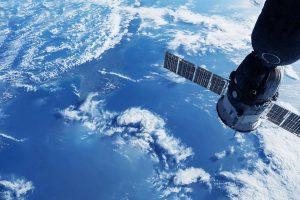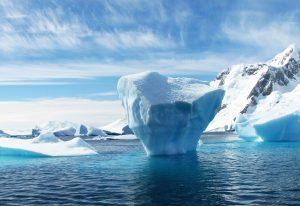The vast expanse of the ocean is not only a breathtaking spectacle but a vital player in maintaining the delicate balance of life on Earth. As a source of food, a regulator of climate, and a significant contributor to global economic growth, the ocean is central to our well-being. However, the very activities that benefit us are now putting the ocean at risk. Pollution, global warming, and overfishing threaten the health of this precious resource. In this context, technology and connectivity can play a critical role in preserving our oceans.
The Ocean’s Importance
Before delving into the technological solutions, it’s crucial to understand the ocean’s significance. The ocean economy is estimated to be worth a staggering US$3-6 trillion annually. Beyond its economic value, the ocean is essential for biodiversity, food security, and climate regulation. In South Africa, for instance, coastal resources contribute over a third of the GDP and support numerous jobs, making their preservation imperative.
Challenges and the United Nations High Seas Treaty
Human activities such as pollution, global warming, and overfishing are threatening the ocean’s well-being. Recognizing the urgency of the situation, the United Nations signed the High Seas Treaty earlier this year. The treaty aims to protect two-thirds of the ocean, preserving biodiversity through sustainable fishing and marine conservation efforts.
The Role of Private Sector and Digital Platforms
There is an urgent need for collaboration among stakeholders, especially in the private sector. Digital platforms can play a pivotal role in educating consumers about marine conservation, like the partnership between Vodacom South Africa and the World Wide Fund for Nature (WWF) through the South African Sustainable Seafood Initiative (WWF-SASSI). Using connectivity and technology, they’ve developed the Fish ID app, promoting awareness about the sustainability status of seafood.
Innovations in Sustainable Fishing
Innovative solutions also emerge in sustainable fishing. In Saldanha Bay, offshore rope-grown mussel farming is being developed as a more sustainable and climate-friendly industry. While successful, there are challenges, such as the risk of whales becoming entangled in mussel ropes. Here, technology steps in with an AI-powered early warning system created with the help of Vodacom technology. This system uses cameras and hydrophones to alert aquafarmers to the presence of whales, showcasing how technology can mitigate the impact of human activities on marine life.
The ocean is not just a vast expanse of water; it’s a lifeline for humanity and the planet. Preserving it requires a collective effort, and technology is emerging as a key player in this endeavor. The article highlights the role of digital platforms, private sector partnerships, and innovative solutions in promoting sustainable practices. As we navigate the challenges facing our oceans, it’s clear that by leveraging technology, we can create a future where the ocean continues to be a source of life, inspiration, and prosperity for generations to come.

